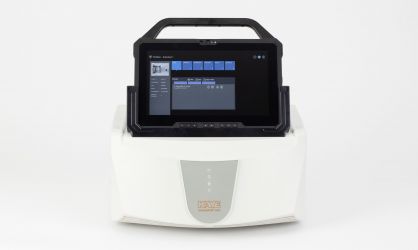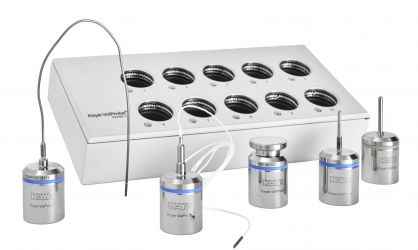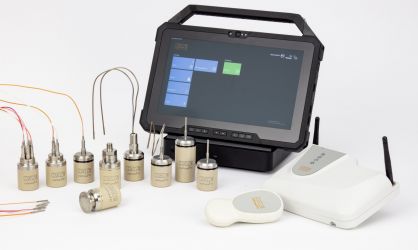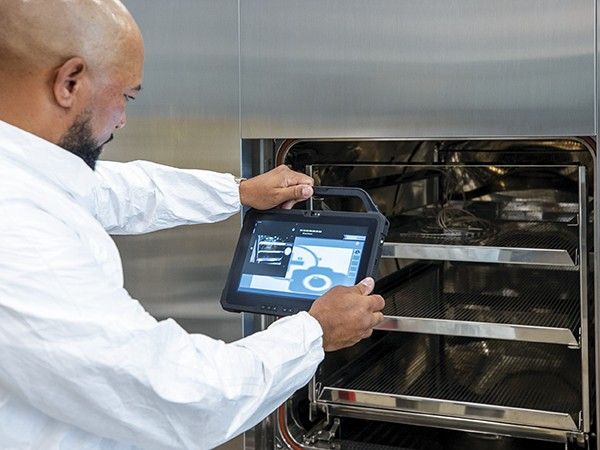
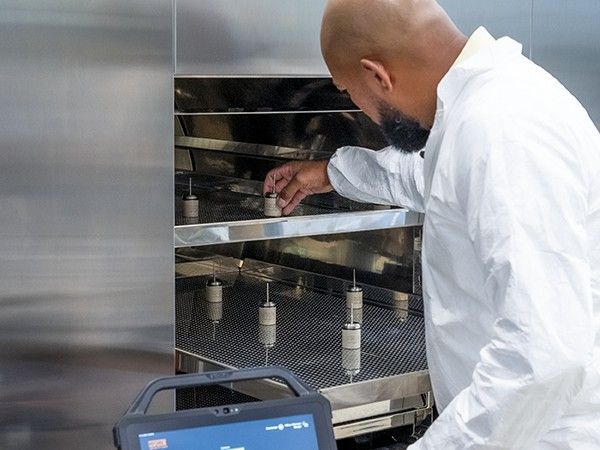
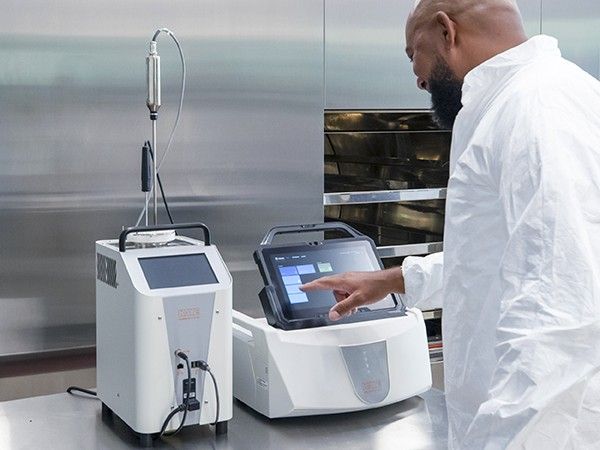
Autoclave Validation | Autoclave and Steam Sterilizer Solutions
Steam Sterilization in Practice: Parameters, Process Design, and Challenges
Steam Sterilization has been used for more than a century in the pharmaceutical and biotech industry to effectively sterilize products and materials withstanding moisture and higher temperatures.
Critical parameters such as Time, Temperature, Pressure, Direct Steam Contact, Air Removal have an impact on the sterilization results. Achieving Saturated Steam conditions is key and allows a proper temperature and pressure-controlled process.
Depending on the product and packaging characteristics different sterilization temperatures are utilized during Steam Sterilization Validation.
Autoclave Validation / Steam Sterilization Validation is one of the most critical and widely studied processes for the sterilization of drug products, liquids in sealed containers, and hard goods used in the testing or manufacturing of Pharmaceutical, Biotech, and Medical Device products.
The purpose of the Autoclave Validation / Steam Sterilization Validation process is to ensure the destruction of all bacteria, viruses, and other viable microorganisms. The destruction of a microbial population subjected to a sterilization process follows a logarithmic progression based on the Thermal Death Curve.
In the pharmaceutical industry, in order to define a unit as sterile, one must be able to certify that less than one unit in a million is exposed to the risk of not being sterile. The probability of finding a nonsterile unit (Probability of Non-Sterile Unit, or Sterility Assurance Level SAL) must therefore be smaller (as mathematical value) than 10−6.
The critical parameters that affect a successful Autoclave Validation / Steam Sterilization Validation are:
- Temperature
- Pressure
- Time
- Saturated Steam
- Air Removal
- Steam Penetration
- Drying
Regulatory requirements worldwide require the validation of all GMP Autoclaves and Steam Sterilization processes to provide documented evidence that the sterilization process, developed in process design, can reliably and repeatedly deliver the prescribed sterilization process as well as the attainment of the required Sterility Assurance Level SAL of the products.
Autoclave / Steam Sterilizer Validation can be divided into two main phases: Process Design and Process Qualification.
Process Design is the most critical part of Autoclave Validation / Steam Sterilization Validation as it directly impacts the ability of the sterilization process to repeatably deliver the desired results and quality attributes. Process Design needs to consider many variables such as:
- Product Types (Porous/Hard Goods, Liquids, Finished Filled Parenterals)
- Heat sensitivity of Products (Bioburden / Overkill)
- Packaging
- Load Configuration
These variables have a direct impact on the selection of the appropriate sterilization process; Saturated Steam w/ Pre-vacuum, Gravity Displacement, Air Overpressure, Steam-Air Mixture or Superheated Water.
The final step to Process Design is the specification of critical measurements, calculations, and tolerances that will result in a product that is both sterile and functional after the sterilization process.
The second phase of Autoclave Validation / Steam Sterilization Validation is Process Qualification. The goal of the Process Qualification is to verify that the sterilization process meets all the critical design criteria thru Physical and Biological testing.
Physical testing includes:
-
Distribution testing to verify chamber temperature uniformity and identify hot and cold spots.
-
Penetration tests to verify product temperature tolerances / CTQ’s and calculated product lethality to verify that defined min Lethality (F0) and SAL has been met.
-
Equilibration CTQ has been met to verify steam penetration and the ability to condition the load thru air removal and load heating.
-
During Steam Sterilization Validation, Steam Saturation calculations verify steam saturation conditions during exposure and assist in detecting any excess of air or non-condensable gases.
Physical testing should be conducted for a worst-case load with sensors placed in the most difficult to sterilize positions. All sensors must be properly calibrated or verified to ensure adequate accuracy. Repeatability of measurements should be verified by 3 consecutive runs to ensure an accurate Steam Sterilization Validation.
Biological testing involves the use of Biological Indicator placed throughout the load to verify proper steam penetration. BI’s are later incubated and checked for growth.
Only if both the Physical and Biologic testing meet expected results is the Autoclave Validation / Steam Sterilization Validation considered successful.
The Kaye AVS and ValProbe RT validation products are ideal for Autoclave Validation / Steam Sterilization Validation. They contain the accuracy, reliability, and calculations necessary to access the performance of your Steam Sterilizer Validation.


